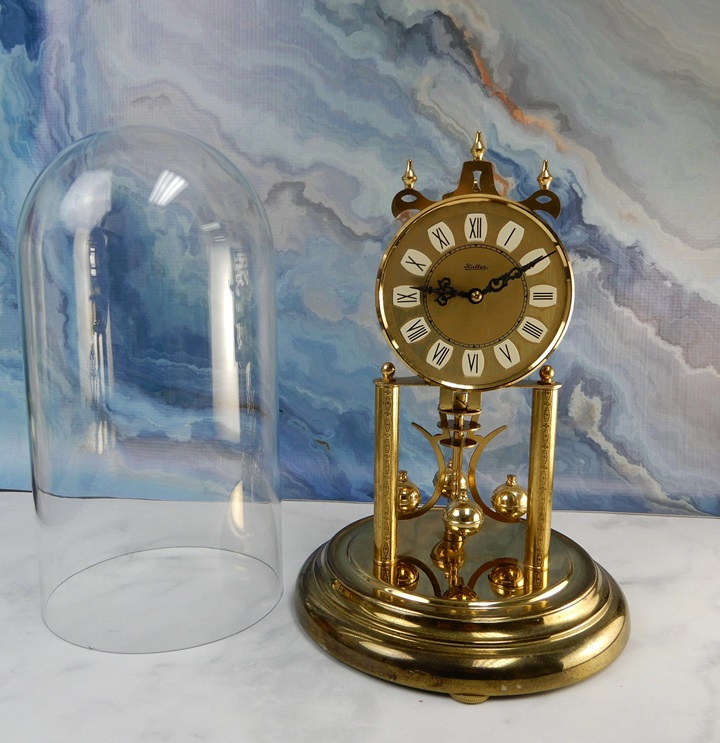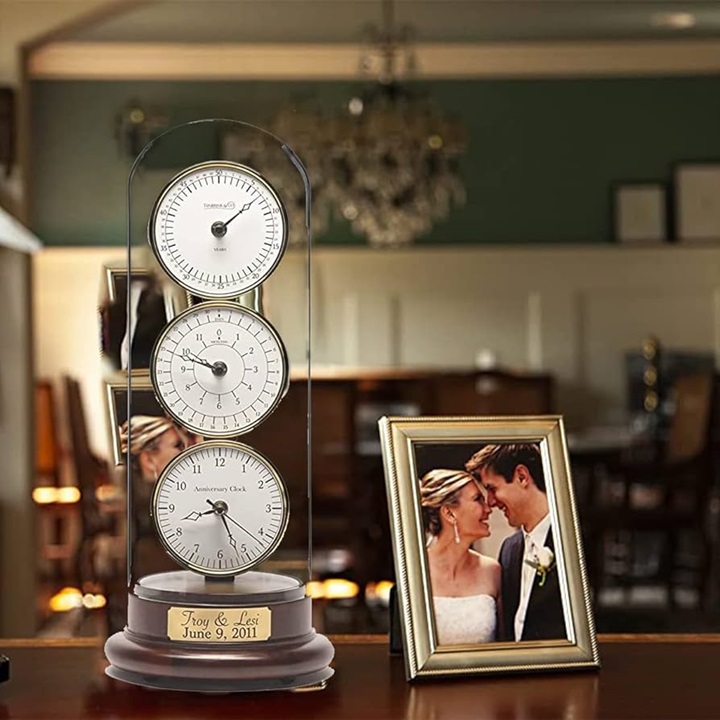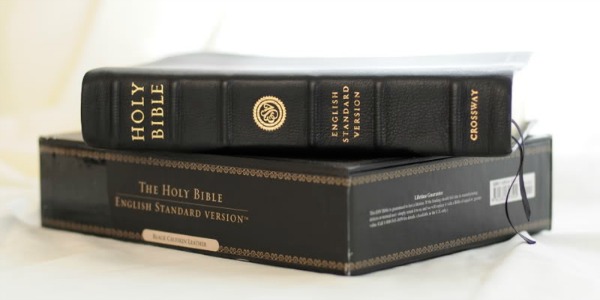Timeless Elegance: A Guide to the Popular Anniversary Clock
In a world where digital devices dominate our lives, classic timepieces have a captivating quality. These items, often showcased under a glass dome with their mesmerising rotating pendulums, are more than just instruments for telling time – they’re captivating pieces of art that bring a touch of sophistication to any room.
Unlike sleek and minimalist home décor, which can seem boring and ordinary, elegant glass dome clocks are works of art that elevate any room you place them in. The unique movement of the pendulum creates a soothing visual rhythm that can be relaxing and mesmerising, drawing the eye and calming the mind. The gleaming metallic elements contrast beautifully with the delicate dome, creating a harmonious blend of textures and tones. Learn more about these enchanting timepieces that can infuse your space with a sense of beauty and luxury.
Origins

Around 1880, German clockmaker Anton Harder revolutionised timekeeping with his invention of the torsion suspension clock, which could run for a year on a single winding. These remarkable timepieces, known as “anniversary clocks,” were also referred to as “400-day clocks” and “1,000-day clocks,” reflecting their impressive winding intervals.
They quickly became popular gifts for birthdays and anniversaries. Their ornamental design, featuring glass domes and openwork mechanisms, made them perfect for display on mantels. The visible movement of the pendulum within these clocks captivated onlookers, literally showcasing the passage of time in a mesmerising fashion. In today’s world, most glass dome clocks have transitioned to battery operation, which replaces the need for physical winding. However, the fundamental mechanical principles behind them remain largely unchanged.
Despite the shift to modern power sources, their name still fits because the batteries typically need replacing about once a year, maintaining the tradition of marking significant milestones. The original designs, with their historical charm and intricate design, are now cherished family heirlooms and coveted by collectors. The enduring appeal lies in their blend of functionality and artistry, a testament to Anton Harder’s innovative spirit and the timeless elegance of classic timepieces. They still stand as charming décor pieces, particularly for sprucing up hallways or entryways.
Construction
So, how does the anniversary clock work? At the heart of these mesmerising timepieces lies the pendulum, a golden orb adorned with intricate detailing. This pendulum is a part of a torsion clock mechanism, which operates in a unique way. The early versions of these timepieces featured flat disc pendulums. But over time, they evolved into the torsion suspension pendulums we see today.
Suspended in a seemingly magical hovering position, these pendulums twirl gracefully, adding to the clock’s enchanting allure. And what’s more, they’re often adorned with small golden, silver, or crystal globes, lending a touch of opulence to the clock’s base. Some even feature delicate artificial flowers, further enhancing their beauty.
The pendulum is suspended from a torsion spring, a rope-like suspension wire that provides stability and support, much like the high wire for a Cirque du Soleil performer. However, unlike the performer’s wire, the torsion spring moves only in a fixed rotation – clockwise, then counterclockwise. But how does the anniversary clock keep time so accurately?
Well, it’s all thanks to its internal gears, which power the torsion spring with precision. Unlike conventional pendulum timepieces that swing back and forth, these operate on less energy, making them efficient timekeepers. However, early torsion models faced challenges with accuracy due to temperature and humidity fluctuations affecting the suspension spring’s elasticity. Thankfully, in 1951, Charles Terwilliger came up with an innovative suspension spring design that solved this problem once and for all.
Timing Adjustments
When setting up your anniversary clock, it’s common to find that the timekeeping needs a little fine-tuning. During transit, minor bumps can shift the position of the weights on the pendulum, affecting its accuracy. But fear not, adjusting the timekeeping is a straightforward process. For timepieces with pendulum weights, you can simply move the balls in or out to speed them up or slow them down.
Look for a serrated adjusting disk above the balls, usually marked with ‘F – S’ or ‘A – R’ for ‘faster – slower’ or ‘advance – retard’. Turning the disk in the direction of ‘F’ or ‘+’ will make the timepiece run faster, while the opposite direction will slow it down. Similarly, models with a disc pendulum have marked weights that can be adjusted using a key on the connecting rod.
Placement

Ensuring your timepiece is placed on a level surface is crucial for it to function properly. If it’s not balanced, the pendulum might stop twirling altogether. To avoid this, make sure it sits flat on a stable surface. Most torsion clocks come equipped with three discs strategically placed at the base. These discs can be adjusted as needed to keep the timepiece level. Simply tweak them until it sits evenly and doesn’t wobble. By taking this simple step, you’ll help maintain its accuracy and longevity.









